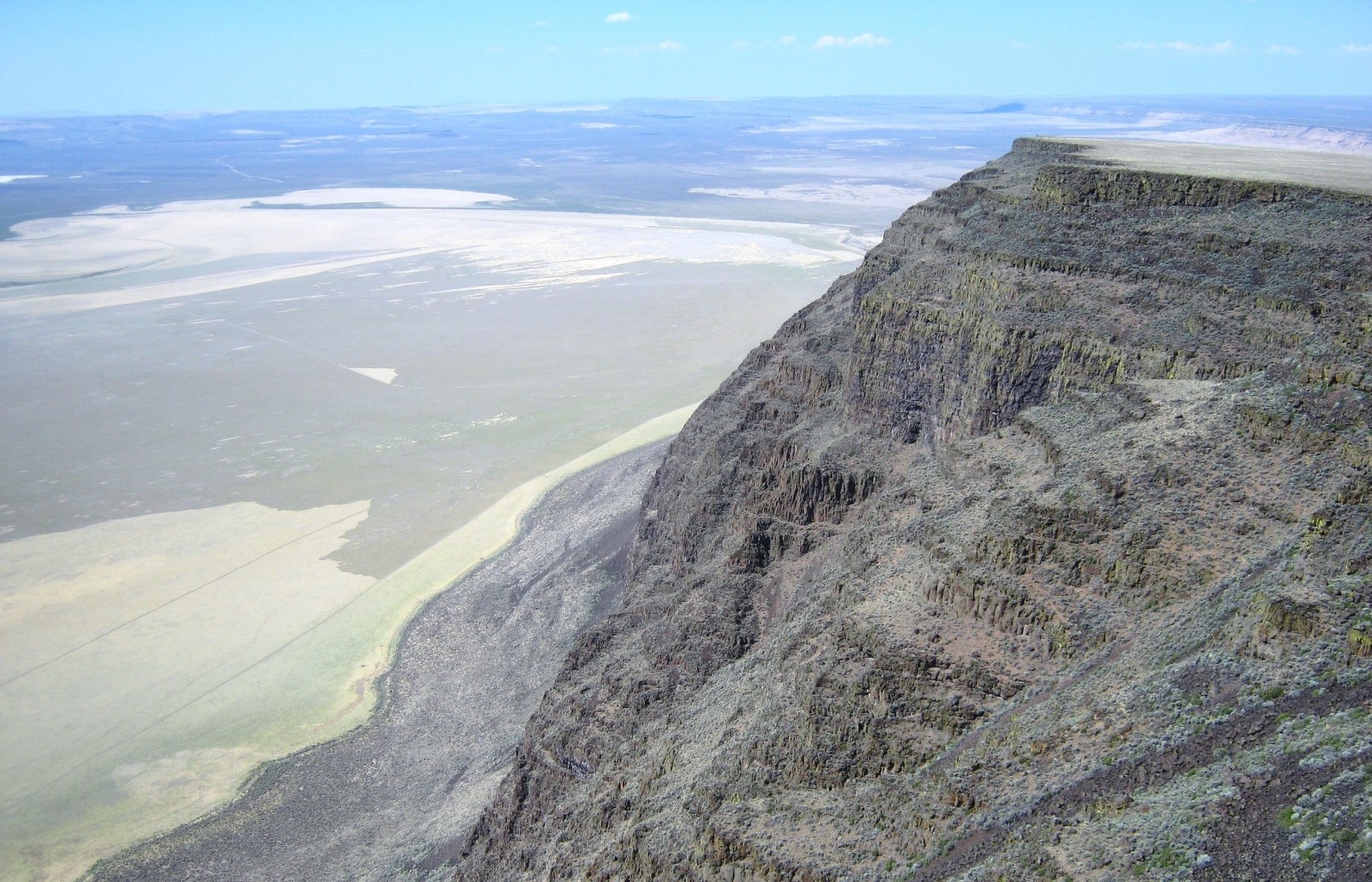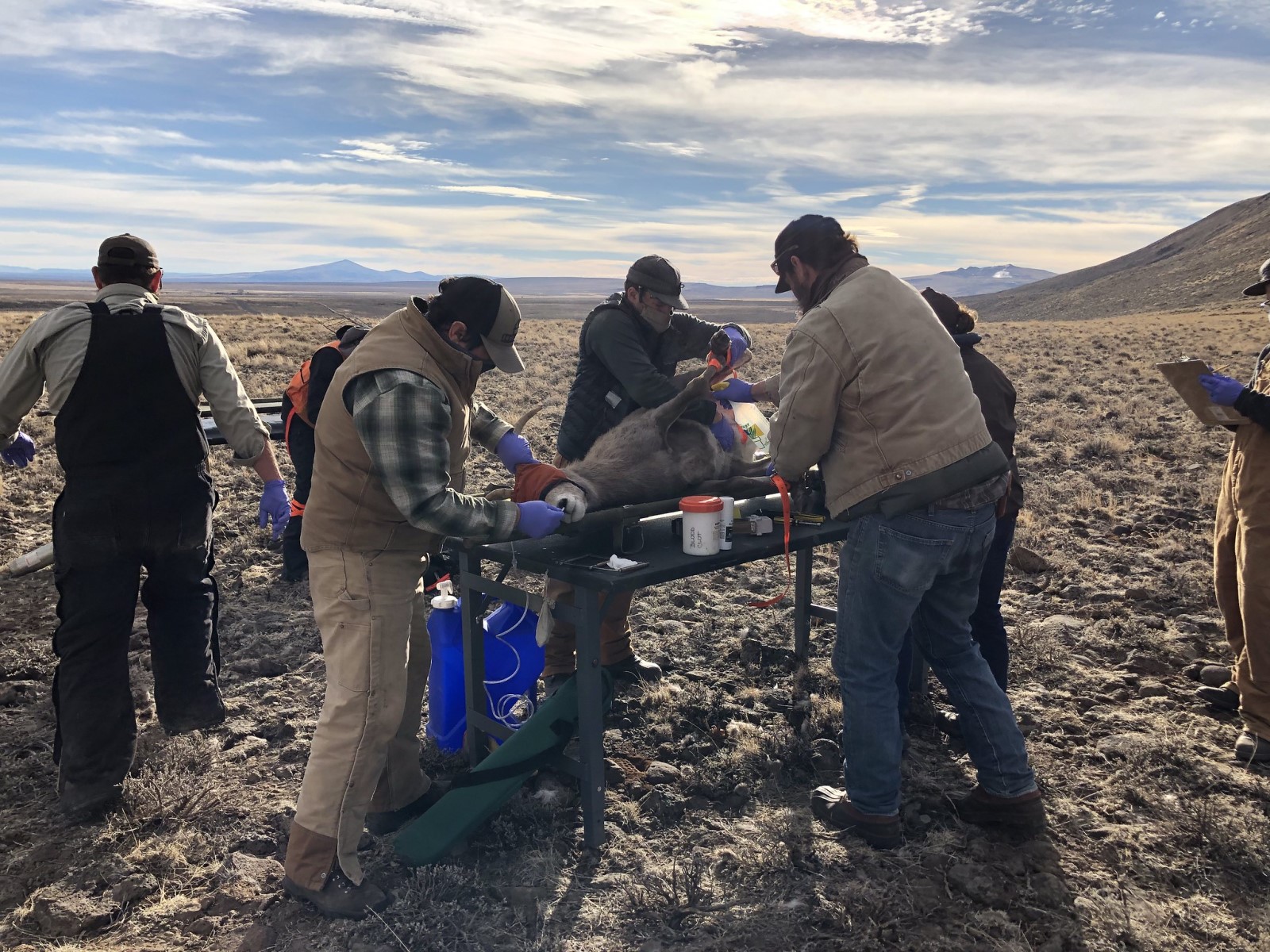National and regional groups launch effort to protect the health of the Bay and our coastal economy
A coalition of 11 national and 10 Virginia-based groups is urging Governor Glenn Youngkin to move menhaden reduction fishing out of the Chesapeake Bay. The recreational fishing community is concerned that years of localized depletion from the annual harvest of over 100 million pounds of menhaden in the Bay has deprived gamefish like striped bass, bluefish, and weakfish of a critical food source.
Menhaden—small baitfish that are essential in the marine food web—are commercially harvested by a single foreign-owned company, then ground up and “reduced” to make pet food, fish meal and other products.
Organizations including the Theodore Roosevelt Conservation Partnership, American Sportfishing Association, Coastal Conservation Association, Marine Retailers Association of the Americas, and the Virginia Saltwater Sportfishing Association are dedicated to maintaining the health of the Bay, the region’s economy, and the broader marine ecosystem in the Atlantic. The coalition, which represents thousands of anglers and conservationists from Virginia and beyond, sent a letter to Governor Youngkin today asking that reduction fishing for menhaden be moved out of the Bay until science shows that it isn’t having an impact on fish and habitat.
“Our members have witnessed years of decline in our striped bass, and we believe there is a causal relation to the menhaden reduction industry in the Bay,” says Steve Atkinson, president of the Virginia Saltwater Sportfishing Association. “Largescale reduction fishing is outlawed by every other state on the East Coast, so it’s high time that Virginia took action.”
The striped bass fishery is the largest marine recreational fishery in the U.S., driving $166 million in recreational fishing activity in Virginia alone. However, the economic value of striped bass fishing to Virginia has declined by over 50 percent in the past decade.
“Industrial menhaden fishing in the Bay has almost wiped out striped bass fishing charters in the fall and winter,” says Bill Pappas, owner of Playing Hookey Charters in Virginia Beach. “Nobody will book a trip when striped bass fishing is this bad.”
According to the latest science, menhaden reduction fishing contributes to a nearly 30-percent decline in striped bass numbers coastwide. Omega Protein, part of Cooke Inc., is responsible for this immense menhaden harvest, which is harming the most important striped bass nursery on the East Coast and undermining the sportfishing economy and small businesses throughout the Commonwealth. It is up to Governor Youngkin and the Virginia Marine Resources Commission to implement commonsense regulations until science demonstrates that menhaden fishing can be allowed without negatively affecting the broader Bay ecosystem.
“Boating and fishing in the Chesapeake Bay are primary drivers of business for boat dealers across Virginia and largely depend on a robust menhaden population and strong striped bass fishery,” says Chad Tokowicz, government relations manager at the Marine Retailers Association of the Americas. “For that reason, the MRAA and our Virginia members hope that Governor Youngkin will support small businesses and the state’s outdoor recreation economy by ending menhaden reduction fishing in the Chesapeake.”
Local and national groups are calling on their Virginia members and boaters and anglers across the East Coast to push for change.
“Virginia has an immense responsibility to the Bay ecosystem and anglers up and down the East Coast, where recreational fishing for striped bass is a way of life,” says Whit Fosburgh, president and CEO of the Theodore Roosevelt Conservation Partnership. “We’re making sure that there is national attention on this effort to move menhaden reduction fishing out of the Bay, an iconic fishing destination in its own right, and working closely with fisheries managers in the Atlantic and Gulf to account for the critical role of menhaden in the marine food chain.”
The Governor-appointed Virginia Marine Resources Commission has an opening to change menhaden regulations in October. Sign the petition to let these decision-makers know that you support moving menhaden reduction fishing out of the Chesapeake Bay.
Important Facts for Anglers and Boaters
- Reduction fishing for menhaden is the industrial harvest of an oily baitfish that is then ground up and “reduced” for use in pet food and other products.
- This practice contributes to a nearly 30-percent decline in Atlantic striped bass.
- Virginia is the only East Coast state where reduction fishing for menhaden has not been outlawed.
- A single foreign-owned company, Omega Protein, removes more than 100 million pounds of menhaden every year from the Chesapeake Bay, the most important striped bass nursery on the East Coast.
- The striped bass stock has been struggling to recover for over a decade, affecting fishing opportunities and coastal businesses.
- Anglers are complying with an 18-percent reduction in striped bass harvest, with more cuts expected this year.
- A coalition of 11 national and 10 Virginia-based groups is urging Governor Glenn Youngkin—and the Youngkin-appointed Virginia Marine Resources Commission—to regulate menhaden reduction fishing in the Chesapeake Bay.
- If moved out of the Bay, Omega Protein would still be able to harvest menhaden in state and federal waters.
Top photo by Chesapeake Bay Program








Please regulate the commercial fishing of menhaden. It is ecologically unsound and reduces the population of striped bass.
We have to maintain a balance in nature or it will destryed
It is time NOW.
This was all very predictable. From the time they started using planes to spot schools of menhaden the relentless pursuit has had a huge impact on the species. Having fished the. At for 40+ years it’s rare to even come across a school these days.
The carnage has been going on for many years. We need leaders to step forward and act to save the Bay and its wildlife.
I agree with this except for the call to support striper charter fishing. Many of these target or allow harvest of the large female stripers. Those are the brood stock. Those large stripers cannot be killed either.
Ban these boats
I appreciate the efforts these groups have in pursuing this change. I am a resident of the ESVA and have witnessed the destruction of our shorelines from reduction fishing. 3 spills/net breakage/overkill in 1 month is costing residents and tourists money and decline in economy. Who wants to visit ESVA when you have dead fish washing ashore, huge fishing vessels so close children can’t safely play in the water without fear of vessel fuel, seaweed, bacteria from dead fish and fish carcasses floating in your path. There is no recreation in the Bay waters. One question needs to be answered. Why does Virginia still allow this harvesting when other states along the Chesapeake have outlawed it? This has been going on for decades and the ecological damage can not be repaired for generations to come. All one has to do is read the history of the ESVA to see what happens from overkill. Don’t let history repeat itself.
I have lived on the Chesapeake bay for the past 24+ years and have witnessed the menhaden (fish reduction) harvest from Omega Protein decimate the population of menhaden to the point where it’s now difficult to find schools of them like we used to. I’ve also seen countless swathes of dead / spilled fish or bycatch wastefully left to rot on the surface and/ or along our shorelines. I’ve also seen a flourishing population of healthy striped bass quickly shrink and the fish became very unhealthy/ emaciated with sores all over their bodies due to malnutrition, as they were forced to feed on crabs and other species, instead of menhaden, which they are biologically evolved to feed on as their primary forage. The menhaden (reduction) fishery in the Chesapeake Bay has to stop. Now!